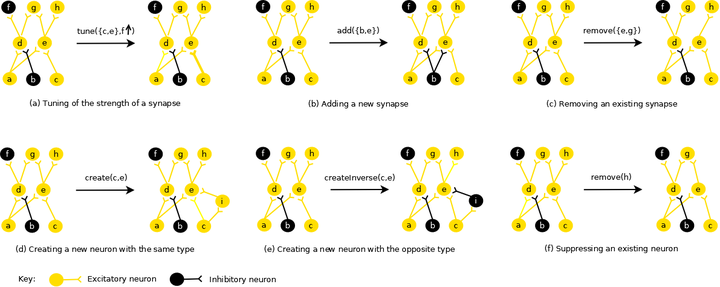 Photo by rawpixel on Unsplash
Photo by rawpixel on Unsplash
In this project, the aim is to design and implement a novel computational model that detects temporal configurations of a given human neuronal pathway and constructs its artificial replication. This poses a great challenge since direct recordings from individual neurons are impossible in the human central nervous system and therefore the underlying neuronal pathway has to be considered as a black box.
For tackling this challenge, a branch of complex systems modelling called artificial self-organization in which large sets of software entities interacting locally giving rise to collective behavior bottom-up is used. The model is then applied to the reflex responses of single motor units obtained from conscious human subjects. Experimental results show that the model uncovers functional connectivity with arbitrary precision by comparing it to appropriate surrogate data. What makes the model promising is the fact that it is the first model to self-wire an artificial neuronal network by efficiently combining neuroscience with artificial self-organization. I anticipate this model will help neuroscientists learn much more about how human neuronal networks, and could also be used for predicting hypotheses to lead future experiments.